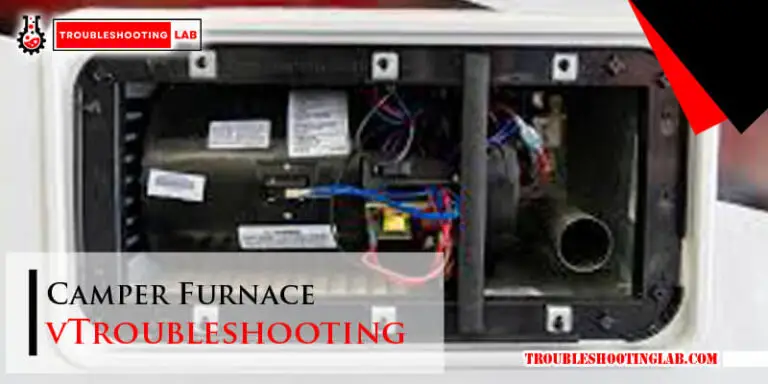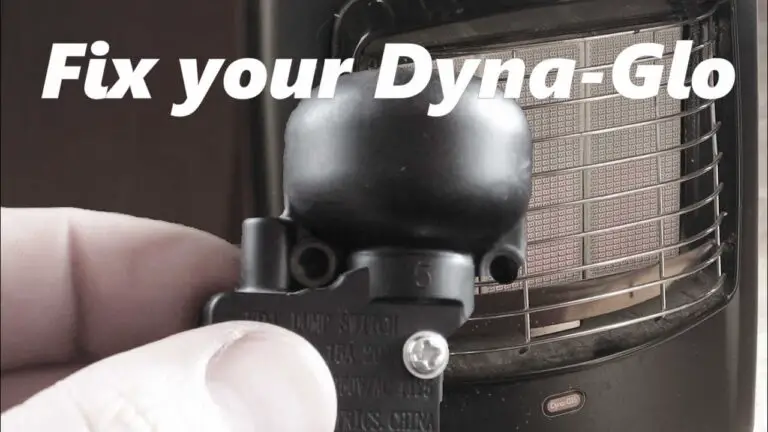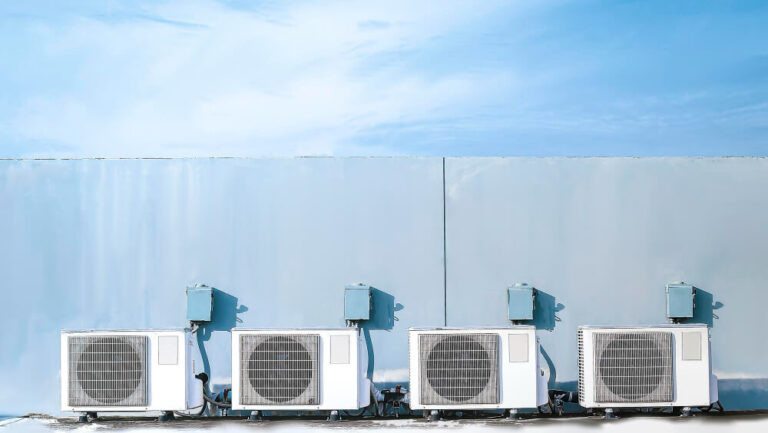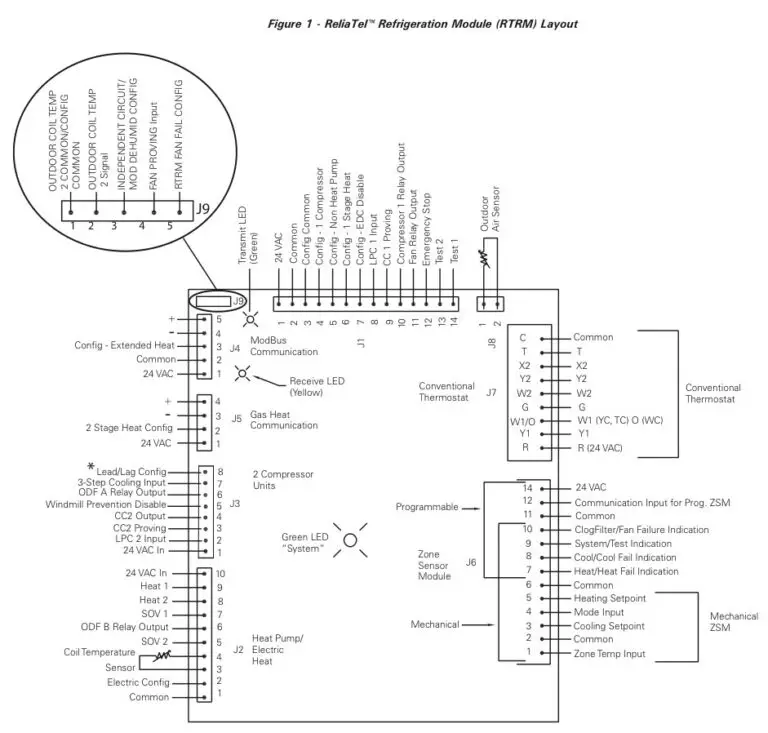134A Troubleshooting Chart: Quick Fixes for Common Issues
Are you struggling to figure out what’s wrong with your 134A refrigerant system? You’re not alone.
Diagnosing issues can feel overwhelming, especially when you’re unsure where to start. But don’t worry—this troubleshooting chart is here to make your life easier. With clear steps and solutions, you’ll quickly pinpoint the problem and get your system back on track.
Whether you’re dealing with cooling inefficiencies, pressure imbalances, or strange noises, this guide will give you the clarity you need. Keep reading, because the solution to your problem might be simpler than you think!
Common Symptoms
Understanding the common symptoms of issues with 134A refrigerant systems is essential. Identifying these signs early can prevent costly repairs and system failures. Below, we break down the most frequent signs of trouble and what they may indicate.
Unusual Noises
Unusual noises often point to mechanical issues within the system. A loud hissing sound may indicate a refrigerant leak. Banging or clanking noises can suggest a problem with the compressor. If you hear a whistling sound, it could mean a pressure imbalance. These noises should not be ignored as they usually signal a problem.
System Not Cooling
A system that isn’t cooling properly is a common issue. This often means low refrigerant levels. A clogged filter or a faulty compressor can also cause poor cooling. Warm air from the vents is a clear sign something is wrong. Regular checks can help maintain optimal cooling performance.
Erratic Pressure Readings
Erratic pressure readings can indicate a blockage or refrigerant imbalance. High pressure may suggest overheating or overcharging of the system. Low pressure might point to a leak or undercharging. A properly calibrated pressure gauge is essential for accurate diagnostics.
Oil Leaks
Oil leaks are often a sign of seal or gasket failure. Leaks can lead to low refrigerant levels, impacting system performance. Check around the compressor and connection points for visible oil stains. Promptly addressing leaks can prevent further damage and maintain efficiency.
Tools And Equipment
Effective troubleshooting for 134A refrigerant systems requires the right tools and equipment. Using proper tools ensures accurate diagnostics and safe handling. Equipping yourself with essential gear makes the process smoother and safer.
Essential Diagnostic Tools
Diagnostic tools are key for identifying system issues. A manifold gauge set is vital for measuring pressure levels. Leak detectors help locate refrigerant leaks quickly. Infrared thermometers measure surface temperatures with precision. Vacuum pumps remove air and moisture from the system efficiently.
Recovery machines are necessary for safely removing refrigerant. Digital scales ensure accurate refrigerant charging, avoiding system imbalance. Multimeters check electrical connections and identify faults. These tools improve troubleshooting accuracy and save time.
Safety Gear Checklist
Safety is important when working with refrigerants. Wear safety goggles to protect your eyes from harmful chemicals. Gloves shield your hands from refrigerant exposure. Protective clothing prevents skin contact with refrigerant spills.
Use a respirator mask to avoid inhaling refrigerant fumes. Steel-toed boots protect your feet from heavy equipment accidents. Ear protection may be needed in noisy environments. Following a safety checklist keeps you protected during troubleshooting.
Pressure-related Issues
Pressure-related issues are common challenges in 134A refrigerant systems. These problems can affect system efficiency and cooling performance. Identifying the causes of pressure imbalances helps in resolving system faults. Understanding the signs of low or high pressure ensures quicker troubleshooting. Below, we explore the common causes and testing methods for pressure-related issues.
Low Pressure Causes
Low pressure in a 134A system can indicate insufficient refrigerant levels. Leaks in the system are a primary reason for this issue. A clogged expansion valve can also restrict refrigerant flow, lowering pressure. Improper installation or a faulty compressor may contribute to low pressure readings.
High Pressure Causes
High pressure can result from overcharging the system with refrigerant. Dirty or blocked condenser coils often trap heat, raising pressure levels. A malfunctioning fan or restricted airflow around the condenser can intensify this problem. Excessive oil in the system may also lead to high pressure buildup.
Testing Pressure Levels
Use a manifold gauge set to measure the pressure in the system. Attach the gauges to the low and high-pressure ports on the system. Compare the readings with the manufacturer’s recommended pressure ranges. Observe the system while running to identify fluctuations or irregularities. Regular pressure testing helps maintain system performance and prevents major faults.
Leak Detection
Leak detection is an essential step in troubleshooting issues with 134A systems. Identifying and repairing leaks early can prevent further damage and maintain system efficiency. A systematic approach helps locate leaks quickly and ensures effective solutions.
Identifying Leak Points
Start by visually inspecting the system for signs of leaks. Look for oil stains, residue, or frost buildup around joints and connections. These are common indicators of refrigerant leaks.
Use a leak detection tool for more precise identification. Electronic leak detectors can pick up refrigerant emissions in hard-to-see areas. Another method is the soap bubble test. Apply a soap solution to suspected areas and watch for bubbles forming.
Inspect hoses, O-rings, and seals carefully. These components often wear out and cause leaks over time. Pay close attention to fittings and valves, as they are frequent leak sources.
Temporary Seal Solutions
Once you identify a leak, apply a temporary seal until permanent repairs are possible. Use refrigerant leak sealants designed for 134A systems. These are quick solutions for minor leaks.
For small punctures, consider using epoxy or a similar adhesive. Ensure the surface is clean and dry before applying the sealant. This helps the material bond effectively.
Replace damaged O-rings or seals immediately if spares are available. This is a simple yet effective way to stop leaks temporarily.
Remember, temporary solutions are not permanent fixes. Plan for a professional repair to ensure long-term system reliability.
Compressor Problems
If your 134A refrigerant system isn’t cooling properly, the compressor is often the culprit. It’s the heart of your system, responsible for circulating refrigerant and ensuring your car’s AC runs smoothly. Let’s dive into two common compressor issues and how you can troubleshoot them effectively.
Compressor Not Engaging
Imagine turning on your AC on a hot day, but instead of cool air, you’re greeted by silence. This often points to the compressor not engaging. Common causes include low refrigerant levels, electrical faults, or a faulty relay.
Start by checking the refrigerant level with a pressure gauge. Low pressure can prevent the compressor from activating. If levels are fine, inspect the wiring for frayed or disconnected cables. A multimeter is helpful for verifying voltage at the compressor terminals.
Another culprit could be the AC clutch relay. Swap it with another relay of the same type from your fuse box. If the compressor engages, you’ve found the issue. Keep in mind, even small fixes like these can have a big impact on cooling performance.
Overheating Issues
Is your compressor running but then shutting off unexpectedly? Overheating might be the reason. This is often caused by poor lubrication, clogged components, or excessive system pressure.
Check the compressor oil level. Insufficient oil can lead to friction and overheating. If the oil level is good, inspect the condenser coils for debris or dirt buildup. A quick clean can improve airflow and reduce strain on the compressor.
High system pressure can also lead to overheating. Use a manifold gauge set to measure the pressure on both the high and low sides. If the readings are outside the manufacturer’s recommended range, you may need to adjust or replace the expansion valve.
Have you ever overlooked a small detail during maintenance, only for it to cause bigger problems later? That’s often the case with compressors. Addressing these issues early can save you from costly repairs down the line.

Refrigerant Concerns
Refrigerant concerns are critical in maintaining the efficiency of your system. Issues with refrigerant levels can lead to poor cooling and system wear. Understanding these concerns helps in diagnosing and resolving problems effectively. Below are key areas to focus on for 134A troubleshooting.
Refrigerant Overcharge
An overcharged system contains too much refrigerant. This can increase pressure and reduce cooling efficiency. Overcharge may also strain the compressor, leading to potential damage. Symptoms include high head pressure, reduced cooling, and noisy operation. To fix this, remove excess refrigerant carefully following safety guidelines.
Refrigerant Undercharge
Undercharge occurs when the system lacks enough refrigerant. This often results in insufficient cooling and rapid cycling of the compressor. Low refrigerant levels might also indicate a leak in the system. Common signs include lower cooling performance and visible frost on components. Locate and repair leaks before recharging the system.
Proper Recharging Steps
Proper recharging ensures the system operates at its best. Always use the recommended refrigerant type for your system. Start by evacuating the system to remove air and moisture. Then, add refrigerant in small amounts while monitoring pressure levels. Stop recharging once the system reaches the specified pressure range. Follow the manufacturer’s guidelines for accurate results.
Electrical Faults
Electrical faults are common issues when troubleshooting 134A systems. They can disrupt normal operations and lead to system failures. Identifying and fixing these problems requires understanding key components like wiring, fuses, and sensors.
Below are some common electrical faults you might encounter while inspecting 134A systems.
Faulty Wiring
Faulty wiring can cause inconsistent power flow in the system. Loose connections or damaged wires often lead to performance issues. Inspect all wiring for visible wear, corrosion, or breaks. Use a multimeter to check for continuity and voltage drops. Repair or replace affected wires promptly to restore proper function.
Blown Fuses
Blown fuses are a frequent reason for system shutdowns. Fuses protect electrical components from overloads or short circuits. Check the fuse box for burnt or broken fuses. Replace blown fuses with ones that match the required amperage. Avoid using higher-rated fuses, as they can harm the system.
Sensor Malfunctions
Faulty sensors can send incorrect signals to the system. These signals may affect temperature control or pressure readings. Inspect sensors for physical damage or loose connectors. Use diagnostic tools to verify sensor readings. Replace defective sensors to ensure accurate system operation.
Preventive Maintenance
Preventive maintenance is crucial to ensure the longevity of your 134A system. Regular care reduces risks of unexpected breakdowns and costly repairs. Simple steps can keep your system running efficiently for years.
Regular Inspection Tips
Inspect the system monthly for signs of wear or damage. Check hoses and connections for leaks or cracks. Monitor pressure gauges to ensure readings are within recommended limits. Look for unusual noises, as they may indicate internal issues. Verify that all components are securely fastened and aligned.
Cleaning Guidelines
Clean external components using a soft cloth and non-abrasive cleaner. Remove dirt and debris from vents to maintain airflow efficiency. Wipe down metal surfaces to prevent corrosion or rust buildup. Ensure filters are free from dust and blockages. Avoid using harsh chemicals that might damage delicate parts.
Conclusion
A 134A troubleshooting chart simplifies identifying and fixing common refrigerant issues. Clear steps save time and reduce guesswork during repairs. Regular system checks prevent future problems and keep performance steady. Always use proper tools to ensure safety while working. Understanding the chart builds confidence and improves efficiency in maintenance tasks.
Whether you’re a beginner or experienced, a troubleshooting chart is a helpful guide. Keep it handy for quick reference during inspections or repairs. Consistent care extends the life of your system and ensures smooth operation.





